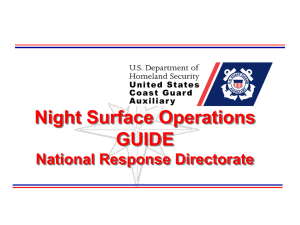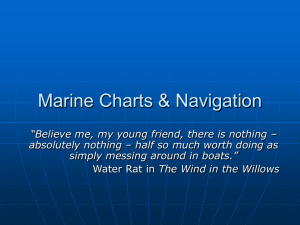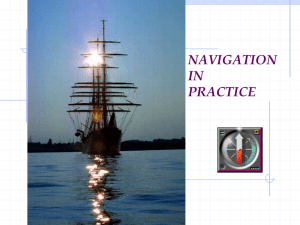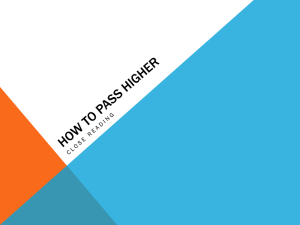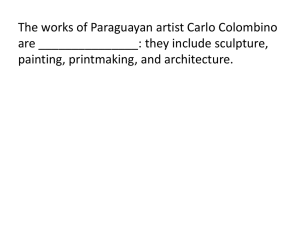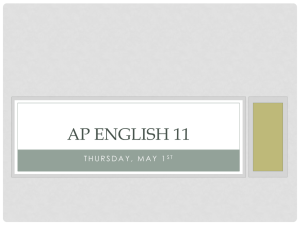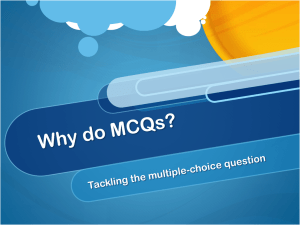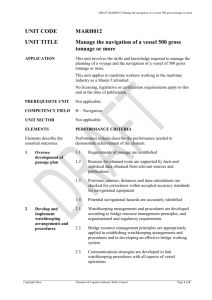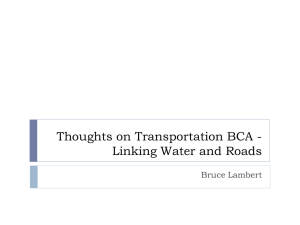ship procedures - Green Wave Shipping Pte. Ltd.
advertisement
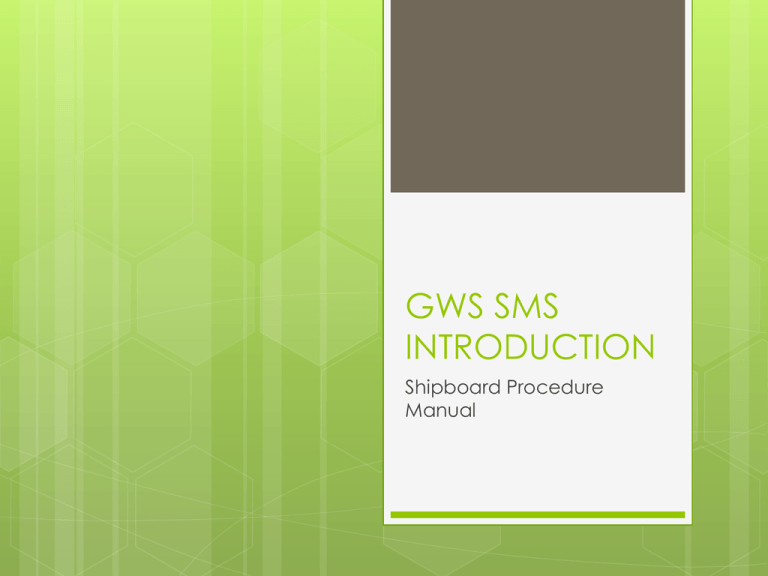
GWS SMS INTRODUCTION Shipboard Procedure Manual 3.3 UKC POLICY At Sea In Harbour : more than 10% of ship’s deepest static draft at the time and place in question At Fairway : more than 15% of ship’s deepest static draft, this is to be kept in mind when marking the no go areas At Open Sea : more than 20% of ship’s deepest static draft, this is to be kept in mind when marking the no go areas In port Minimum UKC= 0.3m Procurement of Charts and Publications All charts for the intended passage and for possible PORTS OF REFUGE on the passage SHALL be on board The Master remains responsible for obtaining the latest editions of charts and publications even if the ship subscribes to a folio management service. Any new charts should be added to the vessel’s folio index and chart supplier, as necessary. 3.4.2 Safe Overhead Clearance Under Power Cables If the Safe Overhead Clearance is not specifically stated, nor is obtainable from local authorities, it is recommended that a minimum 5 meters vertical clearance from the highest point of the ship is allowed by ships passing under any cable. SN o. 3.5.2.6 Bridge Manning Levels Type of Passage Bridge Watch Level 1 Open Waters in daylight with good visibility & little traffic. Level A 2 Open Waters other than above Level B 3 General Coastal Passage Level B 4 Coastal Passage with moderate traffic and/or restricted visibility Level C 5 Coastal Passage with heavy traffic and/or restricted visibility Level D 6 Navigation in ports and approach to port areas Level D 7 Pilotage Waters (Critical portions e.g. narrow channels, approaching locks etc) in any condition of visibility. Level E 8 Pilotage Waters other than above Level D 3.8 TAKING OVER AND HANDING OVER WATCH All relevant checks as per “Taking Over Watch at Sea” checklist (F-S-0410-1) should be carried out. Any concerns should be brought to the notice of Master. 3.9 Duties of OOW Please refer to Section 3.9 for details on general duties of OOW. The OOW must fully understand the importance of the “Emergency Stop” function and system in an emergency. 3.10.3 The Gyro and magnetic compass error must be checked every watch. It is a good practice to check the magnetic compass error immediately after any large alteration of course. 3.11 Calling Master If the visibility deteriorates below 3 nautical miles or the level laid down in Master’s instructions, whichever is higher, or if the horizon is not clearly visible, or if the OOW judges or doubts that the visibility is deteriorating, or is expected to deteriorate. On fast container ships extra precautions are required Please refer to Checklist ( F-S-0410-2) or Section 3.11 of this manual for guidance. 3.12 Navigation In Restricted Visibility Please Refer to F-S-0410-7 for guidance. The vessel must proceed at safe speed as prescribed in the ‘Regulations for Preventing Collisions at Sea’. Commercial considerations are secondary to the safety of life and that of the vessel. It must be remembered that certain small radar targets may not be picked up at all, due to the presence of clutter, attenuation, over-suppression etc. 3.13 Navigation With Master On Bridge Checklist F-S-0410-3 must be used, a log entry, stating the time when the Master assumes or hands over the conn of the vessel, shall be made. For More information on this topic, please refer to Section 3.13 of this manual. 3.14 Navigation With Pilot On board 3.14.4- A “PILOT CARD” containing information F-S- 0410-12, must be handed over to the pilot. 3.14.5- The pilot must be requested for all necessary information for the intended passage and berthing. A list of information to be asked is provided in the Master pilot information exchange checklist F-S-0410-22. 3.15 NAVIGATION IN COASTAL WATERS All navigation procedures pertaining to coastal navigation must be followed when passing within 25 nautical miles from nearest land. 3.15.8 Full use must be made of the echo sounder, while coasting. 4.1 Charts And Publications 4.1.8 All efforts must be made to correct the Passage Charts, especially port approach charts, prior sailing. Notices to Mariners must be retained on board for 36 months either electronically or the paper copies. 4.2 MANDATORY AND RECOMMENDED PUBLICATIONS All vessels should carry on board a list of mandatory publications required by OCIMF SIRE and additionally CDI checklist. 5.4 Echo Sounder 5.4.1 The echo sounder recorder should be switched on prior to entry into shallow water and in port entrances and prior to departure. It should remain in operation while in shallow waters (depths less than 50 mtrs). 5.19 ECDIS FOR ROUTE PLANNING When using ECDIS as primary means of navigation, please refer to F-S-0410-24 Checklist Prior Using ECDIS For Route Planning. 5.20 Voyage Data Recorder 5.20.5 In case of any incident wherein the Master deems it necessary that the VDR information would aid in incident investigation or if instructed by the office, the voyage data recorded must be backed up and saved for the preceding 12 hours. 7. SAFE MOORING PROCEDURES 7.1.6 Pre-planning of mooring/anchoring operations is highly recommended and a risk assessment of the operation should be completed, especially in cases where it is necessary for the vessel to use an unusual or non-standard mooring arrangement. 26.1.5 Spares Inventory ‘Spare Parts Inventory’ must be entered by each vessel in their computer based PMS (VMOS).
